What Are Flightless Birds?
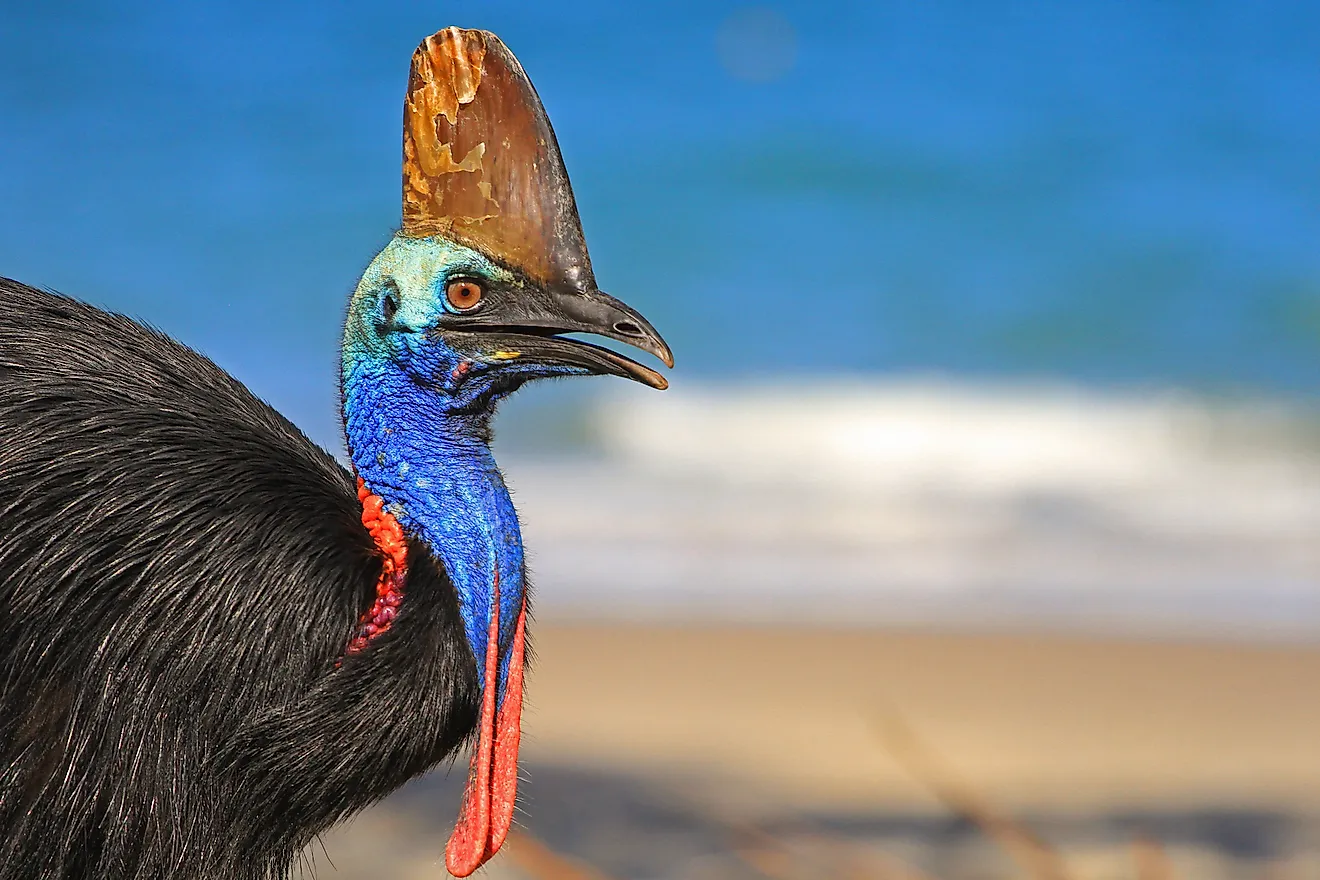
- It is widely believed that flightless birds descended from birds who could fly but lost their flying abilities as they adapted to new environments.
- Flightless birds are spread out all over the world, across several continents.
- The smallest flightless bird is the Inaccessible Island Rail, while the largest flightless bird is the ostrich.
Many of us associate birds with flying, but many avian species have lost that unique characteristic of flight and have become restricted to land like other animals. While flight may seem like a devastating or even disadvantageous ability to lose, these flightless birds have developed unique adaptations that have enabled them to survive for generations.
How Many Flightless Bird Species?
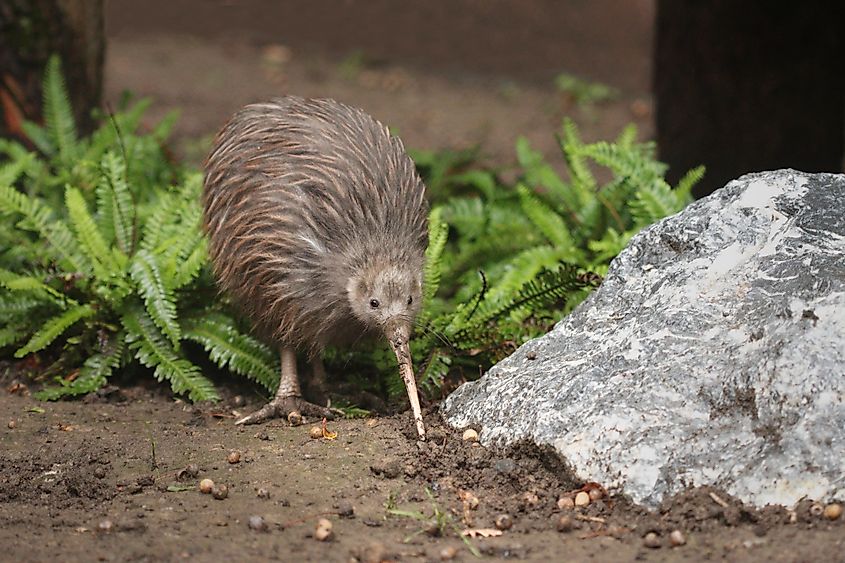
There are currently approximately 57 species of flightless birds divided into ratites, waterfowl, grebes, cormorants, penguins, rails, and parrots. Ratites contain some of the more well-known flightless bird species, including the ostrich, emu, cassowary, rhea, and kiwi. Other flightless birds are the Campbell teal, all penguin species, Titicaca grebe, three steamer duck species, flightless cormorant, kakapo, and the Inaccessible Island rail.
However, numerous flightless birds have become extinct due to human activities. For example, the elephant birds, a large flightless bird that once lived in Madagascar, were wiped out because of deforestation and hunting. The dodo, another species of flightless bird from Mauritius, died out due to foreign predators introduced by Portuguese sailors and hunting. Similarly, all of the 100 known moa species were hunted to extinction by Maori people's ancestors.
Origin Of Flightlessness
Scientists have many theories as to how individual birds lost the ability to fly while others retained it. It is widely believed that these flightless birds descended from birds who could fly. But through evolution, they lost their flying abilities as they adapted to new environments. But scientists are not sure exactly why these birds remained grounded.
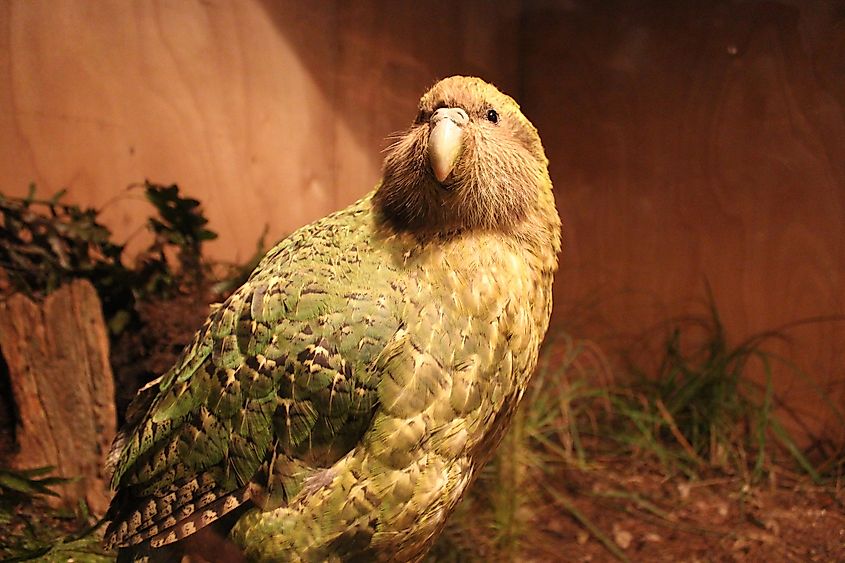
One hypothesis claims that when ancient birds colonized habitats free of predators, flight became unnecessary because the birds no longer needed that ability to escape. The ratites, for example, can be traced back to the dinosaur age. When dinosaurs became extinct, these ancient birds no longer needed flight to run away from predators. As food became easily accessible, the birds' size increased and their legs grew strong. They became excellent runners but became too heavy to fly. Other traits became more favored through natural selection, and the birds passed on flightlessness to future generations.
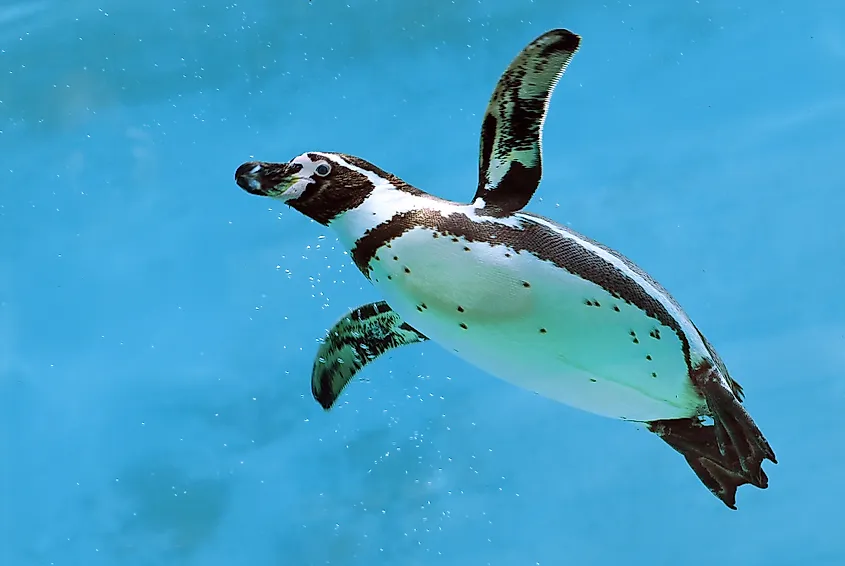
Similarly, a popular hypothesis as to why penguins lost their flying ability was that the marine creatures' wings became more efficient for swimming instead of flying and eventually lost flight. Researchers believe that after the Cretaceous-Tertiary Mass Extinction, mammals became more competitive over aquatic resources. Therefore, penguins needed to be efficient swimmers and divers to survive, and researchers believe this may have pushed the birds towards flightlessness.
Another study in 2014 attempted to explain the origins of flightlessness by comparing ratites to tinamous, a ground-dwelling bird that can fly but possesses the same palate bones as ratites. Scientists found that all ratites and tinamous may have descended from flying relatives. While tinamous retained their ability to fly, other lineages lost flight separately. Scientists theorize that ratites evolved into different lines between 90 and 70 million years ago, while the tinamous diverged about 45 million years ago. The study also speculates that each bird species flew to different continents worldwide and independently evolved into their current flightless forms. This theory may help explain why ratites can be found from Africa to New Zealand.
Special Adaptations
When several birds lost flight, they were left without their primary mode of defense. As a result, many species died out after predators such as dogs, rats, and humans invaded their habitats and devastated their populations. Birds that evolved to develop particular adaptations to escape their predators survived.
Flightless birds' bone structures have changed over the centuries. Flying birds have a keel, a ridge on the sternum, but the ratite group does not, and this absence is one reason why the group is not suited for flight. Instead, the ratites have evolved to become larger birds with big bodies and strong legs. Their legs and feet are made for running. For example, the ostrich, emu, and cassowary can run up to 30 miles an hour.
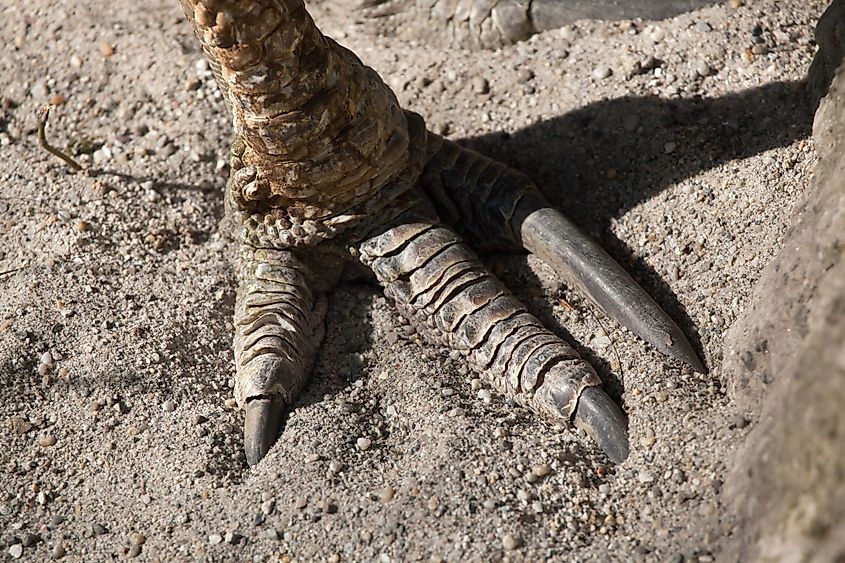
Dagger-like claws of the Southern cassowary. Since they cannot fly, they can run fast and use their claws for defense when threatened. Image credit: Vladimir Wrangel/Shutterstock.com
The ratites also adapted in many ways to ensure survival. The cassowary has dagger-sharp claws and a lethal kick, and they are the only bird species known to have definitively killed a human. The ostrich has powerful legs that enable it to run for over 40 miles per hour and cover 10 to 16 feet in one stride. In the African wilderness, this speed can outrun predators such as lions and cheetahs. Kiwis, rheas, and emus also use powerful legs to outrun predators, deliver a powerful and lethal kick, or use sharp claws as defense.
On the other hand, penguins have kept the keel, but it has evolved to accommodate the penguins' aquatic lifestyle. While penguins have the same flight muscles, their forelimbs have evolved from a winglike structure for flight to paddlelike appendages for swimming. Penguins' feet have also adapted to their current lifestyle. Their feet are much further back on the body than other birds, and penguins walk on the soles of their feet instead of their toes.
Location Of Flightless Birds
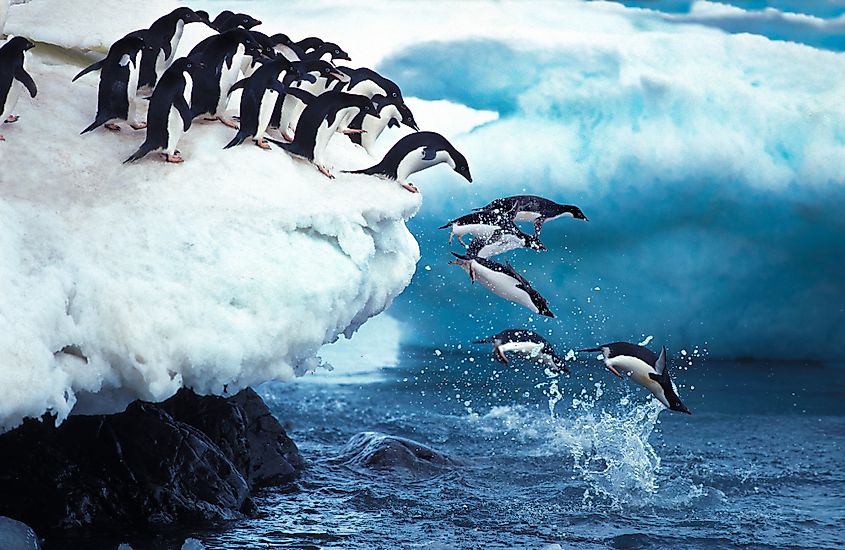
Flightless birds are spread out all over the world, across several continents. Many flightless birds live in New Zealand, such as the kiwis, penguins, weka, kakapo, and takahe. Other birds live in isolated or uninhabited islands such as the Inaccessible Island, Campbell Island and Auckland Island in New Zealand, Falkland Islands, Gough Island, Lord Howe Island, Calayan Island, Rota and Cocos Island near Guam, and the Galapagos Islands. They also live in Tasmania, New Guinea, Indonesia, Australia, and are spread across South America and Africa.
Smallest Flightless Bird
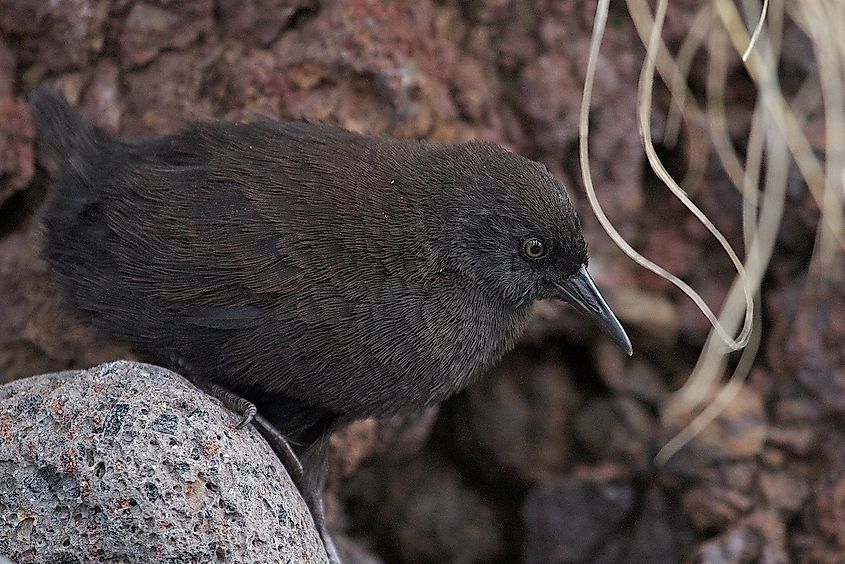
The Inaccessible Island rail is the smallest flightless bird globally, and it is also one of the rarest. This tiny bird weighs between 1.2 to 1.7 ounces and only lives in the location after which it is named — the Inaccessible Island, part of the Tristan da Cunha archipelago. Inaccessible Island is located more than 1,500 miles from any mainland. It is also uninhabited by people and mostly uninhabited by animals. The Island is one of few locations in the world that does not have introduced mammals. The site is called "inaccessible" because sheer cliffs and rocky beaches surround it.
How these tiny flightless birds settled in Inaccessible Island has been a question scientists have tried to figure out. According to Atlas Obscura, researchers believe the bird, like many other flightless avians, descended from flying birds. They think the Inaccessible Island rail flew to their current home, and since the island is devoid of predators, the birds lost the ability to fly.
While there are currently more than 8,000 Inaccessible Island rails, the IUCN still classifies them as vulnerable due to their isolation and the remote location in which they live. If a predator manages to find its way to the island, it can quickly decimate the rail's population.
Largest Flightless Bird
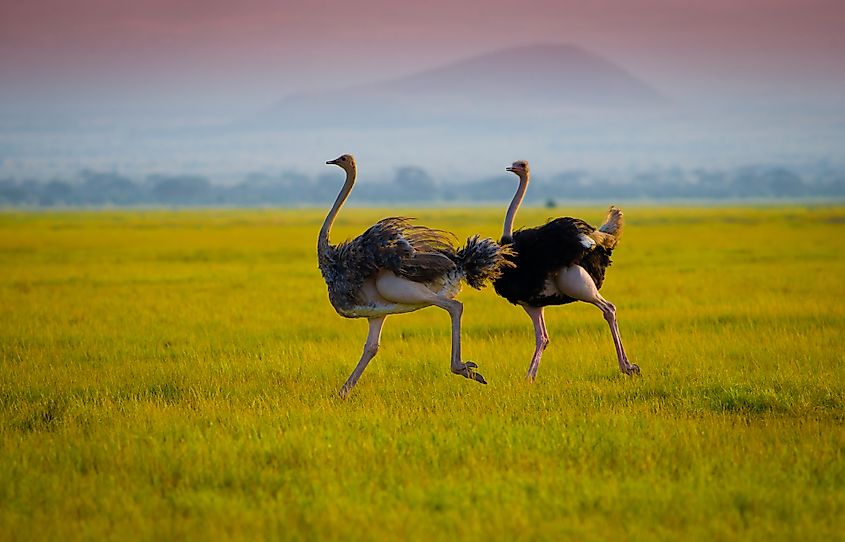
Ostriches are the world's largest flightless bird and one of the most dangerous. Their strong legs can deliver a powerful kick that can kill humans or lions, and their feet have long, razor-sharp claws.
These massive creatures roam in the African savanna and desert. An adult male ostrich can grow to be nine feet tall and weigh more than 300 pounds.
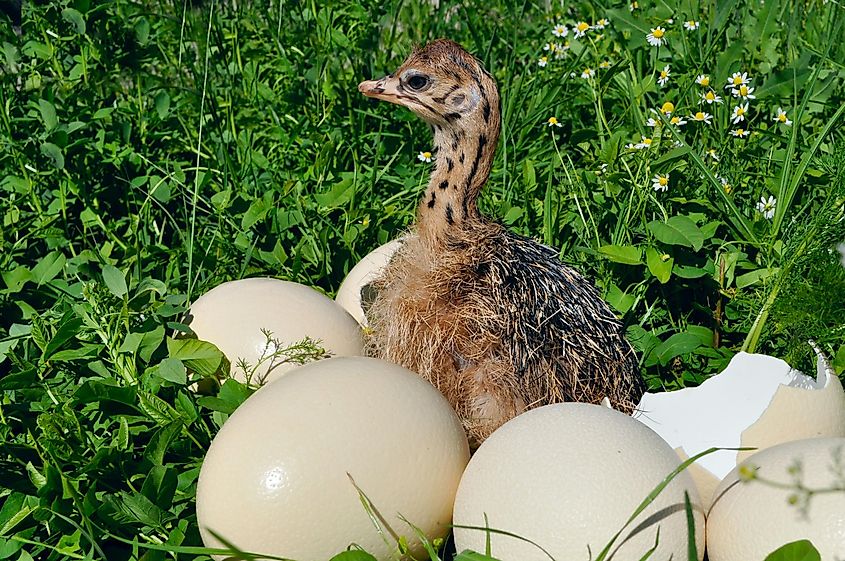
The ostrich's eggs are also the largest egg in the world, averaging about six inches in length and weighing up to three pounds. As a result, the offspring is even larger than any other baby bird. When hatched, ostrich chicks can be as big as chickens. Ostriches also have the largest eye of any land animal, with a diameter of two inches.
Ostriches are part of the ratite group. In 2016, the Somali ostrich was recognized as a distinct species from the common ostrich, but both are still considered the world's largest birds.
Flightless birds can no longer soar into the skies, but they have developed unique features and abilities that enabled them to adapt and survive to pass on these characteristics. For example, ostriches evolved to have strong legs that can outrun predators, while penguins' bodies adapted for swimming. Flightless birds are scattered throughout the world, living in different countries and many isolated islands.











